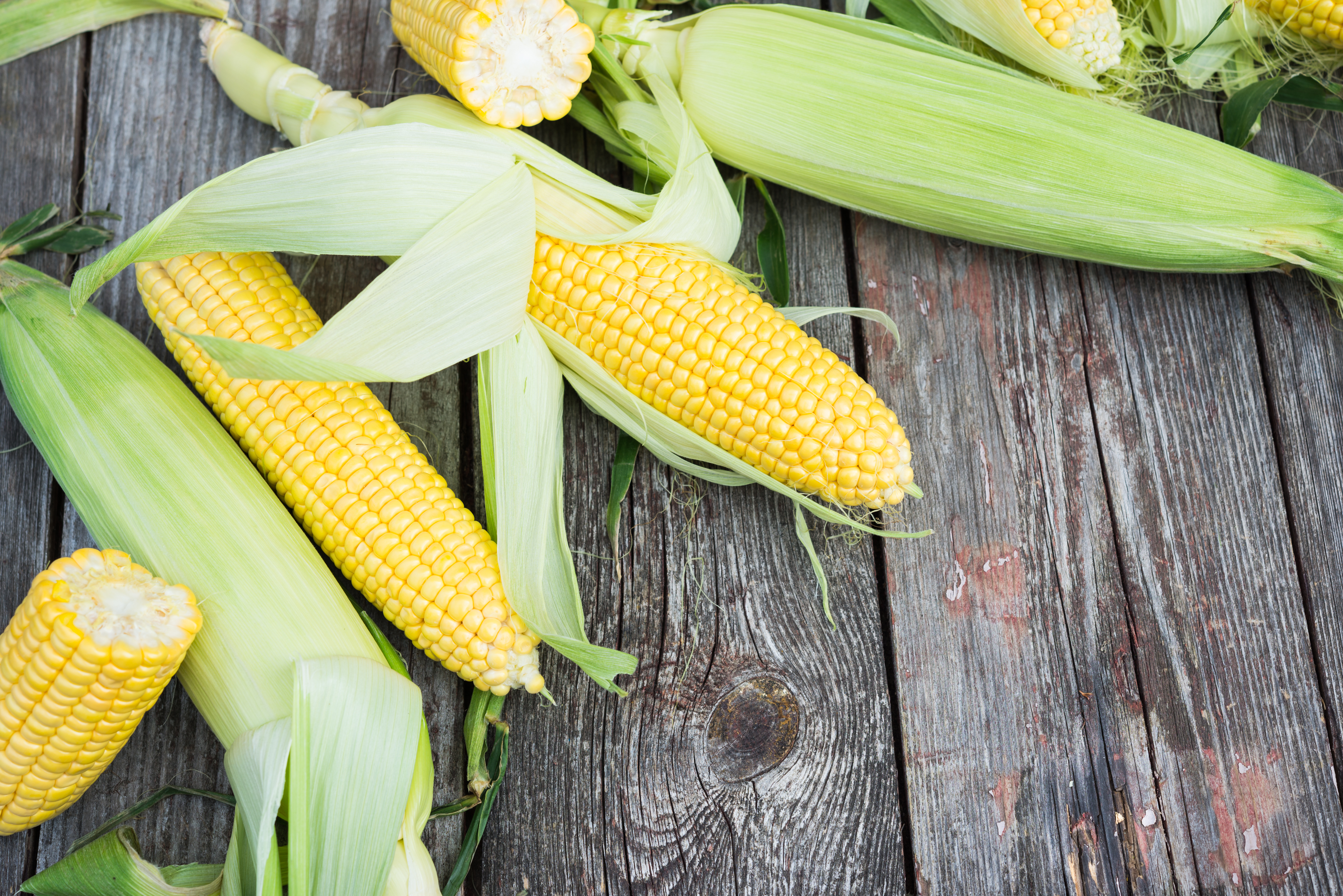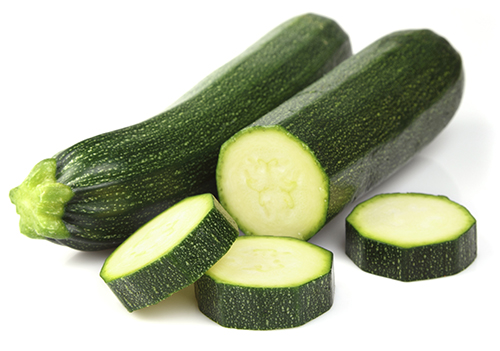As part of fruits and veggies month, Thrive! is featuring fruit and veggies each week. This week the veggie is corn, a surprisingly sweet treat and packed with nutrients. A whopping ninety percent of adults and children don’t get enough fruits and veggies, so add this one to your shopping list this week!
HISTORY
Corn, or maize, is a grass native to Central and South America. It was most likely first cultivated in Mexico dating back to 5500 BC. Cultivation of the grain then spread North to New Mexico and South to Peru. Eventually, corn became an important staple food in much of South, Central, and North America.
FUN FACTS
- Popcorn has been found New Mexican archaeological remains dating from the first millennium BC.
- Mixing corn with beans provides all of the amino acids that humans need, as corn is high in methionine but lacking in lysine, while beans are high in lysine but lacking in methionine.
- In addition to the familiar yellow and white types of corn, there is corn heirloom varieties come in number of other colors, including blue, red, black and green.
- An ear of corn always has an even number of rows
SEASON
Sweet fresh corn is usually only available only in the summer and early fall, most areas have corn between June and September. Sweet corn is best when it is very fresh try to buy your corn at local farmer’s market or farm stands.
CHARACTERISTICS
Corn is also known as maize, corn is one of the most popular cereal grains in the world. It is a seed of a plant from the grass family.
- Popcorn and sweet corn are commonly eaten varieties, but refined corn products are also widely consumed, frequently as ingredients in foods (corn flour, corn syrup, corn oil, tortilla chips, cornmeal)
WHAT YOU SHOULD LOOK FOR
When shopping for corn you should ensure that the ear is firm, plump and fairly unblemished. You do not have to strip the ears of their green husk before purchasing them simply yet gently squeeze down the length of the ear to feel for any bald spots if none the corn is ready for your purchase.
How to Select and Store:
- Corn should be selected based on the amount of heat exposure it has undergone. Exposure to excess heat can increase the susceptibility of fresh corn to microbial contamination. When shopping in a grocery store, the safest would be corn that is being displayed in refrigerated produce bin. The next best thing would be corn that, while not refrigerated, is still being displayed in a cool store location, out of direct sun and not near a heat source.
*These same recommendations apply for corn in a farmer’s market or roadside stand. Go for the corn in the shade!
- Look for the corn whose husks are fresh and green and not dried out. They should envelop the ear and not fit too loosely around it.
NUTRITION
Fresh corn and unrefined is a great source of vitamin B6, thiamin, niacin, magnesium, iron, and a few other vital minerals. Corn is low in fat and high in dietary fiber and protein.
STORAGE
Corn is best the day it was picked or at least by the next day, but we can’t all get fresh corn on the cob. Luckily fresh corn on the cob can be kept fresh by wrapping it in damp paper towels for two to three days in the refrigerator.
- The kernels tend to become starchier and less sweet the longer the ears are stored.
HOW TO ENJOY
Corn can be very versatile in recipes by either the ears can be grilled, boiled, steamed or roasted and the kernels can be creamed, made into pancakes, turned into relish, added to salsa and even churned into ice cream, Yum!
Recipes of all types:
http://allrecipes.com/recipes/1082/fruits-and-vegetables/vegetables/corn/
A Healthy way to Cooking Corn:
- Steaming! Steaming corn provides the greatest flavor and is also a method that allows for good nutrient retention.
- First, fill the bottom of a steamer with 2 inches of water and bring to a rapid boil. Steam corn for 5 minutes. For extra flavor, dress with extra virgin olive oil, sea salt, and pepper.



